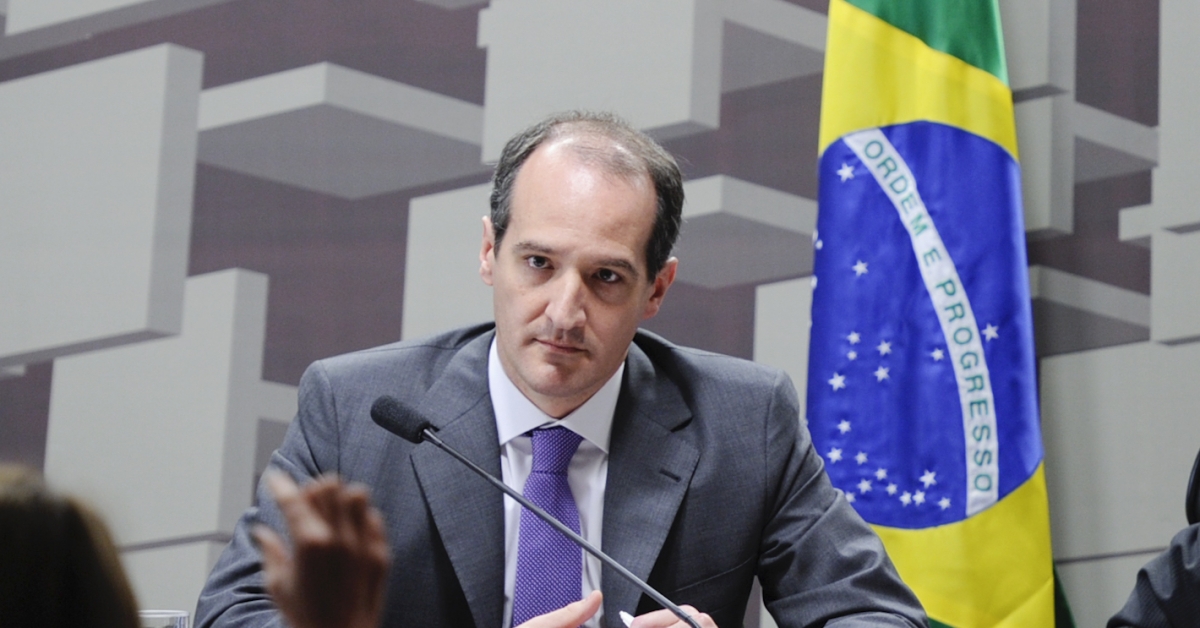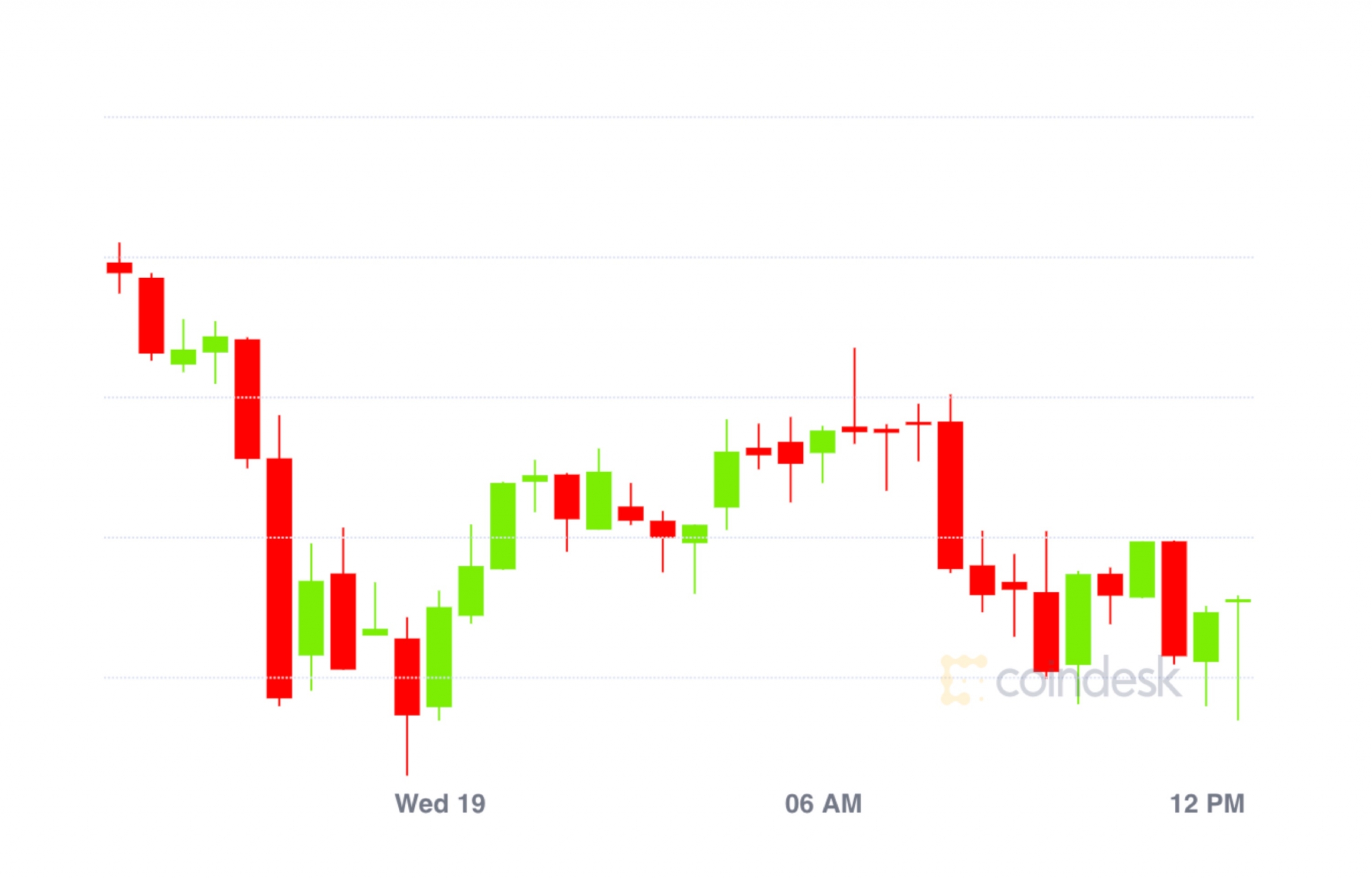From Law to Lawlessness: Bits of the Untold QuadrigaCX Story

Christine Duhaime, BA, JD, CAMS, practices law with Duhaime Law in Vancouver.
Many of the stories being told about the early operation of the digital currency exchange, QuadrigaCX, are based more on fiction than fact. How do I know? I know because in 2015, I was QuadrigaCX’s regulatory attorney, hired to help their securities attorney in Canada draft a statutory prospectus.
But here’s the thing, and I’m not embarrassed to say it, our firm was terminated after six months. We were terminated because QuadrigaCX executed a management hard fork overnight, which started the company down a path of lawlessness. When I say lawlessness, I mean it solely and only in the regulatory sense.
Before we get into that, let me dispel some myths about QuadrigaCX.
Our firm agreed to act for QuadrigaCX because it was subject to the oversight of several regulatory agencies across Canada. It was registered with FINTRAC, Canada’s FinCEN, and subject to compliance examinations, which are akin to the examinations the IRS conducts on U.S. exchanges with MSB registration; it was a reporting issuer in two Canadian provinces and subject to the oversight of two securities regulators, which is akin to being subject to two SECs supervising its activities; and it was registering in the province of Quebec for anti-money-laundering purposes with that province’s securities regulator.
Not only that, QuadrigaCX had cold storage insurance over its customers’ digital currencies. This was 2015, and if you were in the space back then, you know what a feat it was to secure cold storage insurance for a digital currency exchange.
I believe it may have been the first exchange in the world to have cold storage insurance.
QuadrigaCX had, at that time, four different law firms advising it on different matters, two national law firms and two specialized firms, ourselves included. It had a public chartered accountant who prepared financial statements of all its bitcoin trades, its finances and customer holdings. And it also had an independent auditor from an accounting firm and it had audited financial statements.
In 2015, it was pretty much unheard-of for a digital currency exchange to have an auditor and to prepare audited financial statements that it made available to the public. It was more transparent than many exchanges today.
Early days
Back then, QuadrigaCX wanted to launch a blockchain R&D lab and while it barely got off the ground, it did create one project – a refugee payments app that was operational to tackle financial inclusion that would allow the UN and refugees to process payments in bitcoin in areas where banking was inaccessible.
I personally, on my own time and in my personal capacity, jumped in to help QuadrigaCX with that tech because financial inclusion was important to me, as it is important to most digital currency exchanges. I believe QuadrigaCX was the first exchange in the world to launch an R&D lab, and probably the first to develop payments tech for bitcoin acceptance for financial inclusion.
QuadrigaCX’s vision back then was to be the first listed, regulated exchange in the world and dominate the market with superior, self-managing technology. They walked away from the former goal, but considering that, long after my time, they grew to 350,000 customers managed by four employees with a platform built in 2014, they certainly succeeded with the latter, becoming Canada’s largest exchange by a wide margin.
No story of QuadrigaCX is complete without understanding one more fact – six months before we were retained, it had gone through a court-approved plan of arrangement and become three companies, and as a result, it inherited a slew of new shareholders it knew nothing about. (A fourth company was later set up.)
It is my belief that the whole QuadrigaCX team came to believe that the company may have unwittingly become involved in a Vancouver pump-and-dump scheme. Whether it had been drawn into a pump-and-dump is not for me to say because it was before my time, but I can say that QuadrigaCX was run by tech geeks, who were competitive, ambitious and smart but who were unfamiliar with the capital markets ecosystem in Vancouver.
The shareholder question
The QuadrigaCX story has other weird twists.
Our law firm, for example, was recently the target of an extortion event. What happened was that a person demanded, at the beginning of the ongoing creditor protection case in the Nova Scotia Supreme Court, that we give them privileged and confidential information of QuadrigaCX, failing which they would defame us on social media, cause harm to our firm and file a false criminal report against our law firm to law enforcement.
We did not, obviously, give privileged information to strangers but as a result of the extortion of our firm, other people who have relevant information and key documents that could assist with the court process, are now not willing to come forward and be seen as being associated with QuadrigaCX.
I think we all can understand the angst of the loss of our funds, and our firm is one of the larger stakeholders with over $100,000 owed, but I think it’s worth remembering that we’re not each other’s enemy in this process.
If you’ve guessed by now that it’s not accurate, as has been stated, that there are no QuadrigaCX records or documents, you’d be right. There are voluminous records in British Columbia, including court records, accounting records, audited financial statements, bank records, records of contracts, trading volume records, and importantly, records of the cold storage insurance that was still in force a year after our firm exited the client relationship, and still may be.
No party to the proceedings reached out to ask us for the records of QuadrigaCX in our possession, so we wrote to QuadrigaCX’s attorney to let them know what documents we have to assist with the process, and offered to make them available.
People have spilled a lot of ink writing about the shareholders of QuadrigaCX. It is not accurate that there are three QuadrigaCX companies – there are four and therefore, there are four sets of shareholders. It is true that QuadrigaCX re-purchased and canceled much of its issued and outstanding shares up until early 2016.
There were few shareholders left by the time we exited in early 2016, and the shareholder lists publicly available do not appear to be up-to-date. Three shareholders have recently told me that they have never received notice of any annual general meetings and didn’t receive so much as a $1 dividend from QuadrigaCX in three years, despite how profitable it appears to have been.
If that is true, it means shareholders may not have been allowed to vote on QuadrigaCX matters or vote on the direction of the company.
Decisions made
The QuadrigaCX story is by no means over but our bit of the story ended abruptly one morning when its CEO, Gerald Cotten, made the decision that he no longer wanted QuadrigaCX to be a listed company.
On that day, he terminated the professionals that were, in his mind, the “law and order” folks – the accountant, the auditor and me, the regulatory attorney.
From that moment onwards, Mr. Cotten solely took over QuadrigaCX and operated the exchange as if it had no investors, no shareholders, no regulatory agencies and no law that applied to it – no corporate law, no securities law, no anti-money-laundering law and no contract law. I don’t know why Mr. Cotten decided to eschew regulatory law but I never spoke with him after that day. (In January of this year, QuadrigaCX announced he had died a month earlier.)
Like everyone else, there are a lot of other things I don’t know about QuadrigaCX – I don’t know if there is $137 million parked in a few wallets; I don’t know why the bitcoin addresses that were supposed to be holding $92.3 million turned up empty; I don’t know why the wallet address holding $44.7 million of other cryptos can’t be disclosed; I don’t know why no law firm has applied for a Mareva injunction to preserve assets; I don’t know why the litigation is in Nova Scotia when British Columbia Courts have jurisdiction and the witnesses and evidence are in British Columbia; I don’t know why there are statements that there are no records; and I don’t know why the shareholders haven’t tokenized the exchange and made it operational so that customers can start to recover some of their assets.
But I do know this – I’m glad we were let go by QuadrigaCX for being one of the “law and order” folks.
Our legacy with QuadrigaCX covered the period of time when it was as regulated as it was possible to be regulated in Canada in 2015 for a digital currency exchange, when it had Canadian bank accounts and audited financial statements and when customers were protected with cold storage wallet insurance.
Let me end on this note – I didn’t want to write this article but I did it because customer assets held by exchanges must be subject to greater regulation and oversight, and unless we improve the accuracy of the available information by hearing from those who have factual knowledge of QuadrigaCX, to understand what allowed QuadrigaCX to be both heavily regulated yet at the same time to resile from that regulation, we won’t be able to fix gaps, restore consumer trust and move the industry forward.
Gerald Cotten image by Stephen Hui via Christine Duhaime










